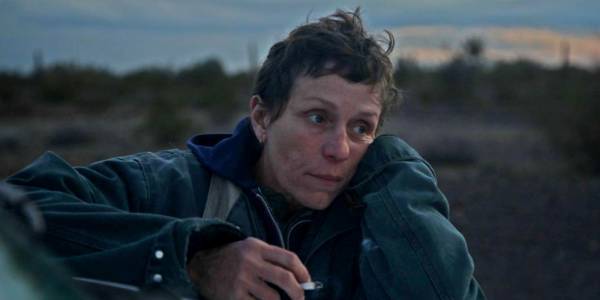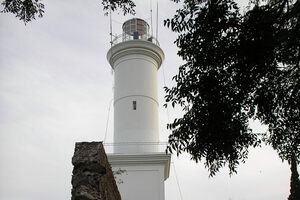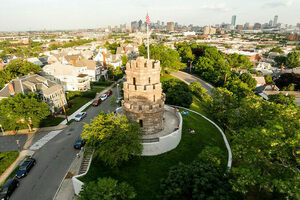Luisenfriedhof II in Berlin, Germany

Luisenfriedhof II is one of the oldest cemeteries in Berlin and was opened in 1867. It’s known as a cemetery of epidemics and is historically connected with the cholera epidemic that hit Berlin-Charlottenburg in 1831.
The area is based in the middle of urban structures, but still offers the feeling of a green oasis. Whoever passes the gate will discover architectural highlights, intoxicating nature, and graves of well-known personalities. A few of the cemeteries permanent residents are Wilhelm von Bode (co-founder of the modern museum scene), Otto and Werner March (architects), and several war veterans.
Visitors encounter an ensemble of buildings consisting of the historic chapel, which is available for funeral services, and a former settlement house from the late 1930s. A parish family once lived in the building. It was later used by the staff of the cemetery and otherwise stood empty. Around 2014, the congregation commissioned extensive renovation work to create living and working space for people outside the church. It was successfully completed in April 2017.
During the same month, a Berlin entrepreneur, artist, and master of ceremonies moved in. She lives privately on the property and also runs her professional label “Buckminster” from the location.
The atmospheric building drops people from time and space. The stillness inside is both comforting and challenging. It’s the ideal place for meditation, prayer, and philosophical musings.





